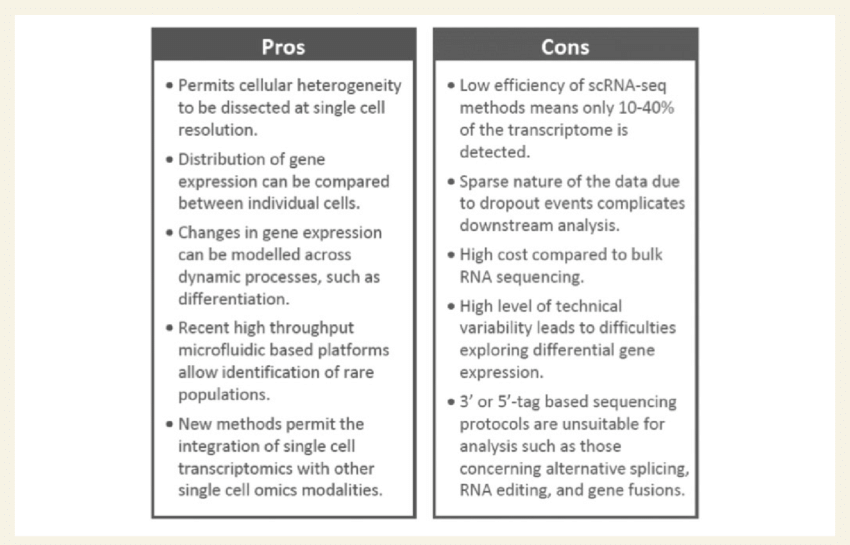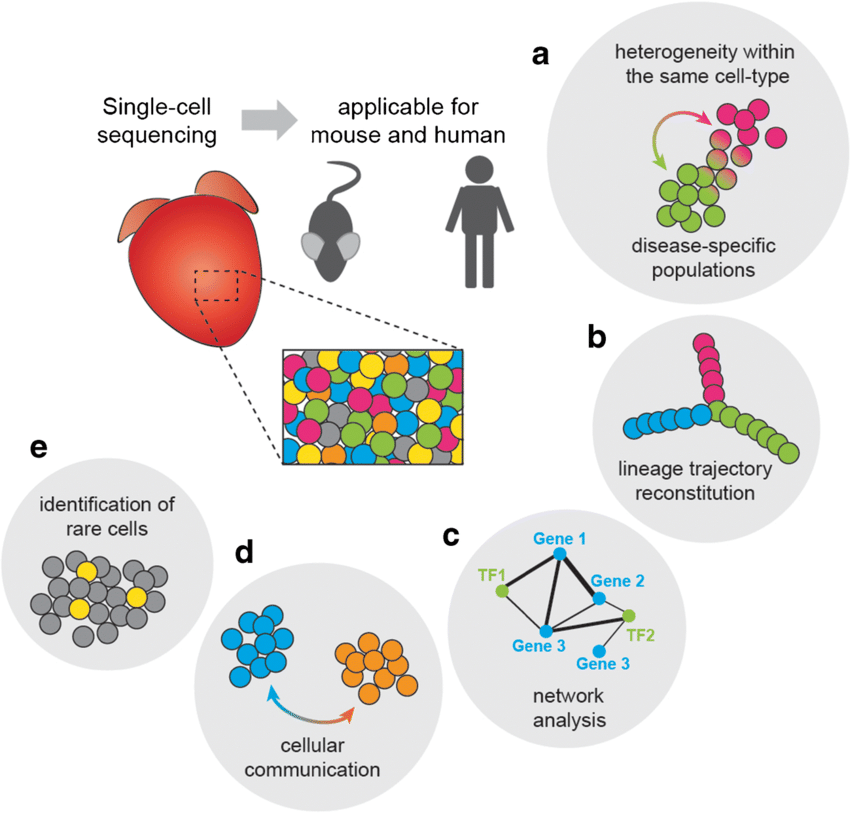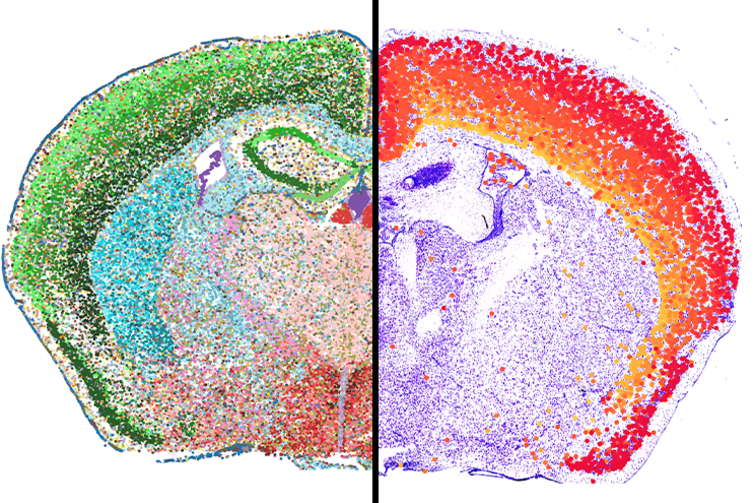The human brain is incredibly intricate, containing a vast number of distinct cell types working together to control our thoughts, emotions, and actions. Understanding how these cell types function is essential for diagnosing and treating brain disorders. Single-cell genomics is a revolutionary technique that allows scientists to analyze the genetic makeup of individual brain cells.
Limitations of Bulk RNA-Sequencing and the Rise of Single-Cell
In the past, scientists used bulk RNA-sequencing, which examines the combined genetic material of millions of cells in a sample. While helpful, this approach misses the unique genetic signatures of individual cell types within the brain. This limitation makes it difficult to pinpoint the specific functions of different cell types and identify subtle changes that might contribute to brain diseases.
Single-Cell Genomics: Examining Cellular Diversity
Single-cell genomics overcomes this obstacle by enabling researchers to analyze the genetic makeup (e.g., RNA) of individual cells. This allows them to:
- Identify Cell Types: By examining gene expression patterns across thousands of single cells, scientists can categorize them into distinct cell types. This has led to the discovery of new neuronal subtypes and non-neuronal cell populations critical for brain function.
- Understand Cellular Communication: Single-cell analysis can reveal the genes involved in communication between different cell types. This sheds light on the complex cellular networks that govern brain activity and behavior.
- Explore Gene Regulation: Studying gene expression at the single-cell level provides insights into how individual cells regulate their genes, potentially leading to the identification of new therapeutic targets for neurological conditions.
Single-Cell Epigenomics: Beyond RNA
The field is expanding beyond RNA-sequencing to include single-cell epigenomics. This approach investigates DNA methylation patterns and chromatin structure, which influence gene expression without altering the DNA sequence itself. By analyzing these epigenetic modifications at the single-cell level, researchers can gain a deeper understanding of how the brain regulates gene expression across different cell types in health and disease.
Building a Cellular Map of the Brain
Large-scale single-cell genomics initiatives like the BRAIN Initiative Cell Atlasing Program are underway to create detailed reference maps of the brain at the cellular level [5]. These maps will serve as a foundational resource for neuroscientists, providing insights into brain development, function, and dysfunction.
Challenges and the Future
Despite its potential, single-cell genomics faces challenges. Analyzing the vast amount of data generated requires advanced computational tools. Additionally, integrating single-cell data with other methods, like spatial transcriptomics, is essential to understand how cell types are organized and interact within the brain.
High-Quality Reagents are Crucial
The success of single-cell genomics relies on the quality and reliability of the reagents used. Companies like Gentaur Group play an important role by supplying researchers with advanced single-cell genomics reagents, ensuring the accuracy and reproducibility of their experiments.
Conclusion
Single-cell genomics is transforming our understanding of the brain. By examining cellular diversity, this powerful technique paves the way for breakthroughs in neuroscience and the development of targeted therapies for neurological disorders. As the field progresses, we can expect even more precise cellular maps of the brain, providing unprecedented insights into this remarkable organ.
check out this informative YouTube video


